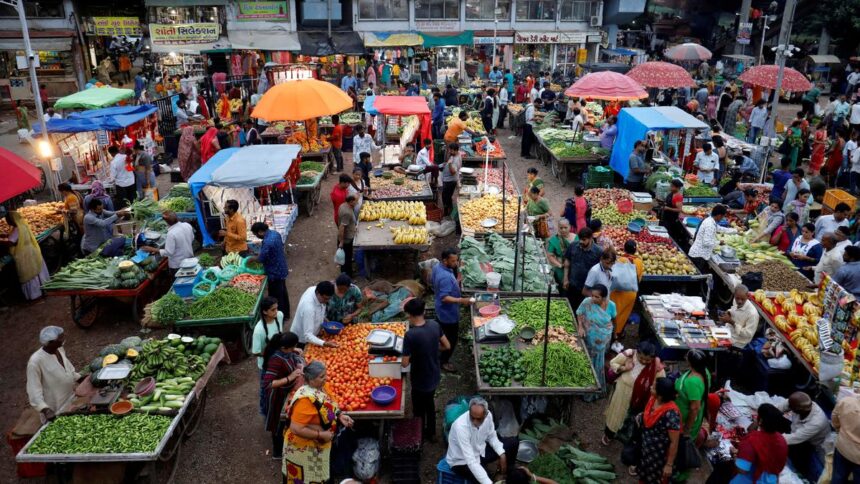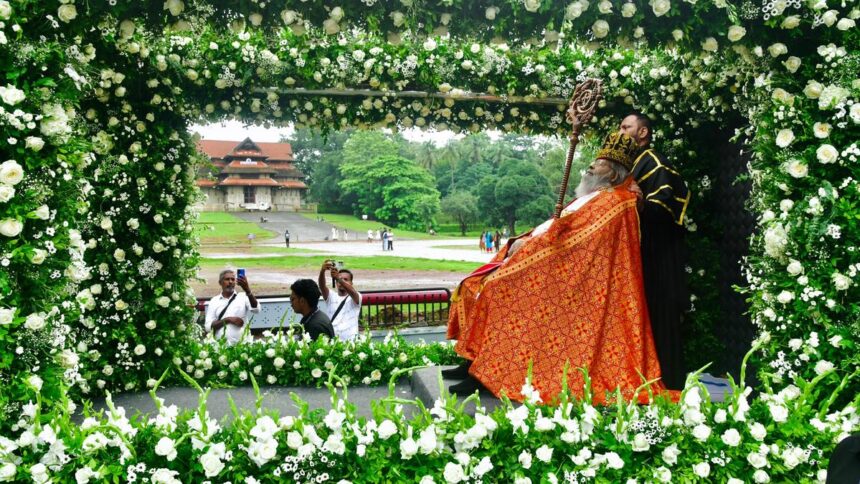Caste in India is not an individual problem — it is a deeply rooted social phenomenon. Caste survives and thrives not just because individuals insist on it, but because families, communities, and entire social structures continue to enforce and legitimise it, knowingly or otherwise.
At the heart of this caste endurance lie social customs passed down and protected within households. Children grow up internalising boundaries — who to talk to, who to marry, who to avoid — long before they can even articulate why. As a result, the caste system remains one of the most resilient social frameworks in India.
‘Honour’ killings
One of the biggest threats to the rigidity of caste has been social justice interventions. When marginalised communities, particularly Dalits, gain access to quality education and secure meaningful employment, it opens the gates for their integration into mainstream society. With that, a foundational shift begins. No longer confined to the margins, the oppressed now begin to interact with caste-Hindu society on an equal footing — in workplaces, colleges, cities, and most importantly, in relationships. This has created a new frontier of social tension: romantic unions that cross caste lines, especially those involving Dalit men and dominant caste women. These unions represent not just love or rebellion but a direct challenge to centuries-old caste hierarchies. And for many conservative families, that challenge is intolerable.
States like Tamil Nadu, Telangana, Maharashtra, and Kerala — where Dalit communities have seen relatively greater empowerment — also record higher rates of inter-caste marriages. According to the India Human Development Survey (IHDS-II), the national rate of inter-caste marriages stands at around 5%, but States with empowered Dalit populations show higher numbers. Ironically, these are also the States with increased incidents of honour killings.
This paradox reveals a disturbing truth: honour killings occur not where casteism is strongest, but where it is most threatened. In States where the oppressed still maintain their “status quo,” violence is less — not because casteism is absent, but because it remains unchallenged. Thus, caste-based violence is not a sign of persistent hierarchy alone, but of hierarchy under siege.
Tamil Nadu’s caste paradox
When caste killings happen, democratic voices among the public are strong in Tamil Nadu as the State boasts a strong and vibrant civil society. At the same time, caste is glorified on social media. Due to the anonymity such platforms offer, some accounts go so far as to defend caste killings.
How do we understand this paradox? Perhaps in Tamil Nadu, while people possess a collective consciousness against casteism, shaped by decades of social justice politics, individual attitudes may not always align in the same way. The State’s anti-caste culture is collectively progressive but individually conflicted. In public, caste violence is rejected but in private conversations, WhatsApp groups, and through anonymous posts, caste continues to dictate social preferences, marriage alliances, and “honourable behaviour.”
This paradox does not mean that Tamil Nadu’s anti-caste movement is a failure. It means that one is living in a liminal space — between tradition and transformation. What we see on social media is not just caste pride, it’s also the fear of losing inherited power and the anxiety of cultural change.
On family and caste
There’s a popular belief that the caste system survives mainly because of political parties or caste-based organisations. While these certainly reinforce caste divisions in the public sphere, they are not the roots of the system. Caste survives because it is protected and transmitted within the family. Through everyday customs, rituals, marriage arrangements, social expectations, and inherited prejudices, caste becomes part of a child’s consciousness long before they can question it. This is why caste has remained transgenerational, even in the face of rising education, urbanisation and exposure to new ideas.
However, the psychological and cultural importance of the ‘family’ itself is changing, especially among adolescents. Around the world, particularly in countries like South Korea and Japan, we are seeing dramatic shifts: marriage rates are falling, fertility rates are at historic lows, and the traditional family unit is losing its central place in people’s lives. Instead, new models of relationship — open partnerships, cohabitation, single living, and self-parenting — are emerging.
India’s urban youth are slowly reflecting this trend too. Many adolescents today are increasingly prioritising individual growth, emotional well-being, and autonomy over traditional family obligations. As the value of the family unit weakens, so too does the primary mechanism through which caste is enforced and reproduced.
In other words, if the family becomes less central in shaping relationships and social norms, caste may lose its strongest and oldest vehicle of survival. This doesn’t mean that caste will disappear overnight. But it suggests that the cultural infrastructure that sustains it is slowly being dismantled — not by revolution, but by changing lifestyles, shifting emotional priorities, and evolution of the self.
Caste in India is at crossroads. On one hand, we see violent reactions and online glorification. On the other, we witness strong democratic voices against honour killings and a new generation slowly withdrawing from social values. Tamil Nadu symbolises this contradiction in its most vivid form — a State where both the loudest resistance to casteism and the quietest internal caste pride coexist. But it also offers hope: if this contradiction is acknowledged, addressed, and challenged, especially through engagement and digital counter-narratives, we may finally move toward a society where caste loses its grip not only on our systems, but on our hearts and minds.
Sivabalan Elangovan is Professor and Head, Dept of Psychiatry, Dr MGR Educational and Research Institute.
Published – August 18, 2025 08:30 am IST



















